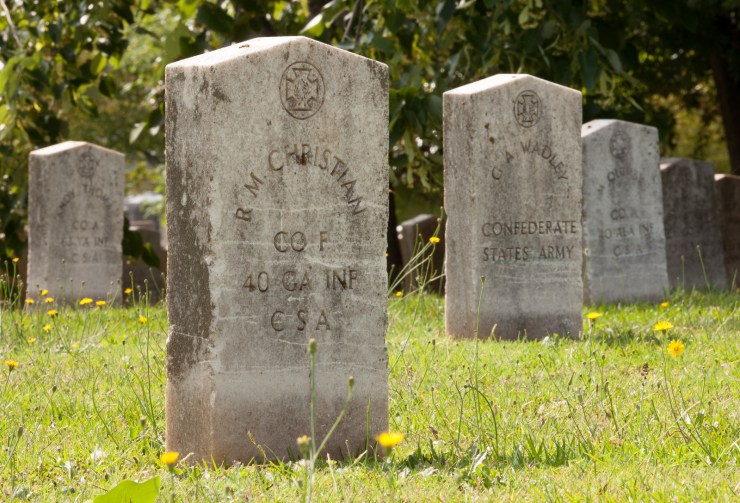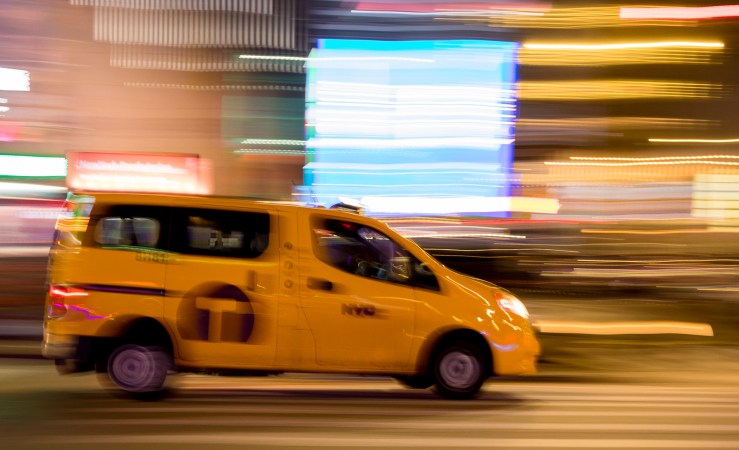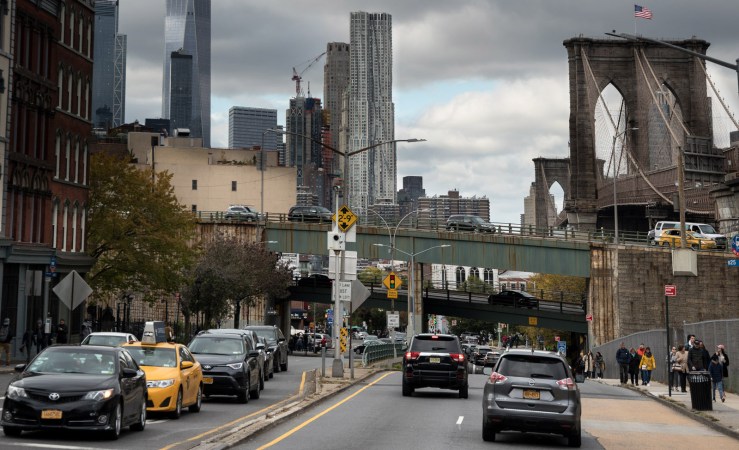Photo math isn’t math at all. It’s arithmetic. It’s adding and subtracting light. It’s also either multiplying by 2 or dividing by 2. That’s it. Photo arithmetic is easy. It all starts with a stop.
What is a stop?
A stop in everything but photography is coming to a complete halt. No movement. No motion.
Photographically, a stop or more accurately an f/stop is a quantity of light. F/stop, by itself, always refers to an aperture value of a lens. F/8.0 is an aperture value. F/stops are used in relation to an amount of exposure to describe how much more light or how much less light.
An f/stop of change in exposure is either half the amount of light or twice the amount of light. It doesn’t matter if the change is in shutter speed, aperture or ISO. A one-stop change is always either half the amount of light or two times the amount of light. Always.
The origin of the term
F/stops originated with a lens’s aperture. The f/stop is a ratio between the focal length of the lens and the diameter of the aperture opening. This is more than you want or need to know. Simply put, increasing the amount of light by one stop or f/stop doubles the area of the aperture. An aperture of f/5.6 is twice the area of one of f/8.0.
The ratios, known as f/stops, were engraved on a ring on early lenses. The change from one f/number to the one next to it earned the name stop because there were detents built into the ring that made the movement “stop” in the proper place. Over time, the term “stop” or “f/stop” were understood to be either a doubling or a halving of the amount of light no matter if the change was made with the aperture ring on a lens, the shutter speed dial or by changing the ISO.
Exposure changes in full stops
This is where rough patches in understanding photography happen. Each of the three sides of the exposure triangle, shutter speed, lens aperture and ISO, honor the doubling and halving of f/stop. Whether the amount of light is adjusted and in which direction — double or half — is where confusion creeps into understanding.
Lens apertures
The hole light passes through inside a lens is called the aperture. Changes are indicated in f/stops. Like most things in photography, the numbering system seems a bit backward. F/2.8 lets in a lot more light than does f/16. The chart below shows some aperture openings with their corresponding f/stops. F/2.8 is a much larger opening than f/16.

An aperture setting either cuts the amount of light that gets to the sensor or increases the amount of light that reaches the sensor.
- Open up one stop — move to the next smaller number (larger opening)
- If the aperture is set at f/8.0 opening up one stop means moving the aperture to f/5.6 (double the amount of light)
- 5.6 is a smaller number than 8
- Close down one stop — move to the next larger number (smaller opening)
- If the aperture is set at f/8.0 closing down one stop means moving the aperture to f/11 (half the amount of light)
- 11 is a larger number than is 8
It’s easily apparent that the “smaller” number f/stop lets in more light than the “larger” number ones.
Depth of field math
The smaller the aperture is the more of the subject will be in focus. F/2.8 will have less in focus front to back than f/16 or f/22 will. These two photos of Confederate grave markers show the difference. At f/2.8 only the front marker is in focus. At f/22 all four markers are sharp. Which is better is a creative decision for you to make.
.mgl-tiles { display: none; } #mgl-gallery-634eb36e439f0 { margin: -5px; width: calc(100% + 10px); } #mgl-gallery-634eb36e439f0 .mgl-box { padding: 5px; } @media screen and (max-width: 768px) { #mgl-gallery-634eb36e439f0 { margin: -5px; width: calc(100% + 10px); } #mgl-gallery-634eb36e439f0 .mgl-box { padding: 5px; } } @media screen and (max-width: 460px) { #mgl-gallery-634eb36e439f0 { margin: -5px; width: calc(100% + 10px); } #mgl-gallery-634eb36e439f0 .mgl-box { padding: 5px; } }
Aperture: f/2.8 Wide apertures isolate subjects
Aperture: f/22
Shutter speeds
Shutter speeds either cuts the time light strikes the sensor or increases the time light strikes the sensor. Here are the possibilities.
- A shutter setting that reduces the time the light shines on the sensor by one f/stop is two times or twice as fast as the shutter speed before it.
- The shutter speed is two times faster so the exposure is
- One f/stop less light or
- One-half the amount of light
- The shutter speed is two times faster so the exposure is
- A shutter setting that increases the time light hits the sensor by one f/stop is two times longer than the shutter speed before it. This is where the terms seem contradictory. Hang in with me.
- The shutter speed is one-half the speed so the exposure is
- One f/stop more light or
- Twice the amount of light
- The shutter speed is one-half the speed so the exposure is
Key terms: less & more
A faster shutter speed is less light.
A slower shutter speed is more light.

Example
Find 1/60th of a second in the chart above.
- Which shutter speed is shorter and lets less light strike the sensor?
- Hint: it is twice the speed of 1/60th of a second*
- And yup, that’s an asterisk. It has to do with rounding for ease of memory.
- Which shutter speed is longer and lets in more light?
- Hint: it’s one-half the speed of 1/60th of a second.
Look at the chart. Shutter speeds to the left are two times longer (slower) and let in one f/stop more light than the one to its right. Speeds moving to the right are one-half of the time (faster) as the speed to its left.
.mgl-tiles { display: none; } #mgl-gallery-634eb36e44683 { margin: -5px; width: calc(100% + 10px); } #mgl-gallery-634eb36e44683 .mgl-box { padding: 5px; } @media screen and (max-width: 768px) { #mgl-gallery-634eb36e44683 { margin: -5px; width: calc(100% + 10px); } #mgl-gallery-634eb36e44683 .mgl-box { padding: 5px; } } @media screen and (max-width: 460px) { #mgl-gallery-634eb36e44683 { margin: -5px; width: calc(100% + 10px); } #mgl-gallery-634eb36e44683 .mgl-box { padding: 5px; } }
A slow 1/2 second shutter speed lets motion blur.
1/1000th of a second is fast, making traffic looks like it is standing still.
*To make the arithmetic easier there is rounding that happens in shutter speeds. The next shutter speed faster than 1/8th of a second is rounded down from 1/16th which is actually double the speed — twice as fast as 1/8th because the next speed would be 1/32nd and the one after that 1/64th. These speeds while more accurate, are very cumbersome. Don’t worry though 1/60th of a second doubles to 1/125th instead of 1/128th.
ISO math
ISO is a number that describes the sensitivity of the sensor to light. The higher the ISO, the more sensitive the sensor becomes and the less light it requires.
As the ISO doubles, the amount of light needed drops by half.

- With ISO 400 set on the camera, the exposure is 1/125 at f/8.0
- ISO 800 doubles the sensor’s sensitivity so the sensor needs one f/stop less light
- The exposure above would be either
- 1/250 at f/8.0 or
- 1/125 at f/11
- The exposure above would be either
- ISO 800 doubles the sensor’s sensitivity so the sensor needs one f/stop less light
- With ISO 400 set on the camera, the exposure is 1/125 at f/8.0
- ISO 200 halves the sensor’s sensitivity so the sensor needs one f/stop more light
- The exposure above would be either
- 1/60 at f/8.0 or
- 1/125 at f/5.6
- The exposure above would be either
- ISO 200 halves the sensor’s sensitivity so the sensor needs one f/stop more light
Photography is logarithmic
You have already noticed the numbers between the full ISO numbers in the chart above. Those are 1/3 of a stop. I saved this part for last so you wouldn’t get too disheartened. Your camera came set to display exposure in a third of a stop step. Don’t worry about learning all the numbers between the full stops. It’s just how photography works, it’s the math of photography.
The outshot
Exposure is a matter of doubling or halving the amount of light. That’s it. Refinement is in thirds. Learn the full stops of apertures from most light to least light, the shutter range of your camera from most light to least light and understand the ISO numbers. Smaller ISOs require more light and produce less noise. Higher ISOs require less light and create more noise.
Photography is fun. Understanding exposure and how the settings work add to the fun. Now you know.
Featured photos
- Shutter photo: Agê Barros on Unsplash
- Aperture photo: 𝕍𝕚𝕜𝕥𝕠𝕣 𝔽𝕠𝕣𝕘𝕒𝕔𝕤 on Unsplash
- Photo illustration: Kevin Ames
Tell your story with the second annual Visual Storytelling Conference!
Experience four days of interactive, online training sessions featuring a range of educational content with experienced photographers and content creators. This free event kicks off with a series of technical boot camps to build essential skills, followed by live, online sessions on photography, video, business and social media. Join live from March 10-13, 2022!
